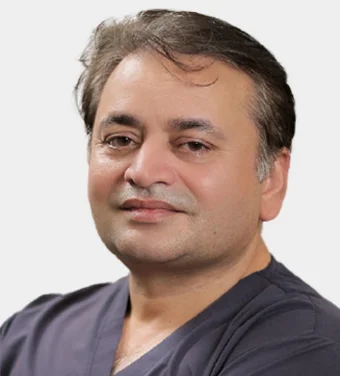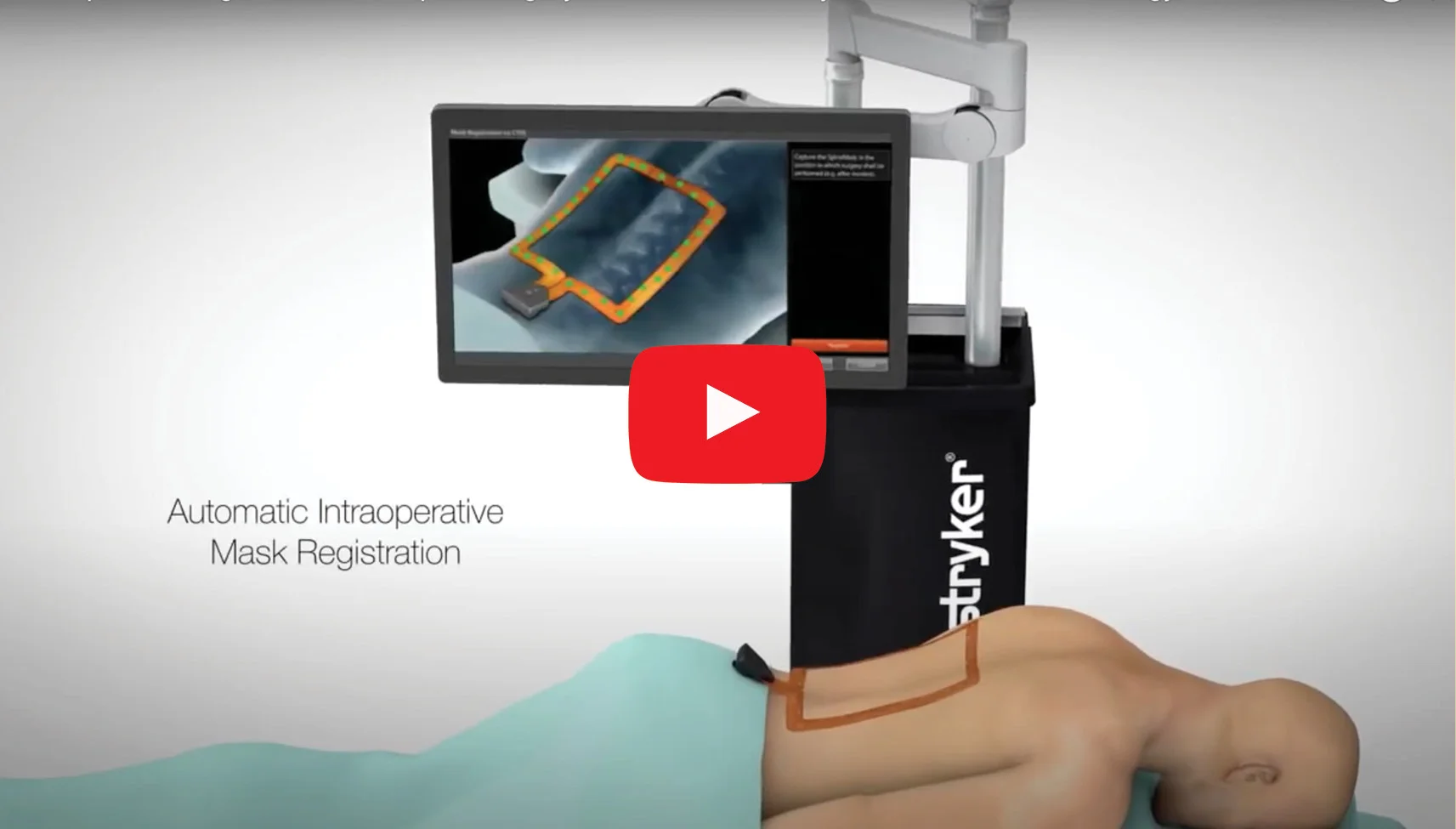
IBS Hospital leads the way in Navigation-Guided Lumbar Fixation, offering unmatched precision and effectiveness in spinal procedures. Experience lasting relief from lumbar discomfort and regain your active lifestyle with confidence.
What is Navigation Guided Lumbar Fixation?
Navigation-guided lumbar fixation is a specialized surgical approach that involves the removal of an intervertebral disc, which is often the source of back or leg pain. This procedure aims to stabilize the spine using screws and rods, with the assistance of Spine Navigator technology.
After a physical assessment, a comprehensive medical investigation of your spinal problem will be conducted. Once the necessary investigations and medical assessments are completed, your surgery will be meticulously planned. You will receive guidance to admit yourself on the day of the surgery.
During this approach, an incision is made in the middle of the lower back. Surgical instruments are used to remove the entire facet joint on one side, allowing access to the degenerated disc. The problematic disc is then carefully removed under the microscope. Following that, with the aid of spine navigation and 3D C-Arm technology, two or more spinal bones are fused together using screws and a cage.
What are the benefits of Navigation Guided Lumbar Fixation?
- Improved Accuracy
- Shorter Surgical Suration
- Faster Recovery
- Decreased Pain
What is the process / patient journey for Navigation Guided Lumbar Fixation at IBS Hospital?
Day 1:
The procedure is explained to the patient or their relative in detail, and consent is obtained. A pre-anesthesia checkup (PAC) is conducted, and an intravenous line (IV) is established to provide fluids. The patient is then transferred to the operating room (OT) for the procedure, where anesthesia is administered. After the procedure, the patient is moved to the Post Anesthesia Care Unit (PACU). Once fully awake, they are transferred to a hospital room and provided with a lumbar brace for lower back support. Mobilization is assisted with walking aids.
Day 2:
The patient is monitored in the room and given appropriate medications, including pain relievers. Some patients may have a Patient Controlled Analgesia (PCA) pump. Physical rehabilitation is part of the day’s activities.
Day 3:
Room monitoring continues, and physical rehabilitation for the back is ongoing. IV medications may be discontinued in favor of oral medication.
Day 4:
The patient continues to be monitored in the room, and physical rehabilitation for the back continues. IV medications may be stopped, and the patient may transition to oral medication.
What is the post-surgery follow-up and recovery timeline?
You will be advised to avoid bending at the waist to prevent strain or injury. However, you will also be encouraged to gradually increase your activities, and as you start feeling better, you may follow specific exercise instructions to improve your strength and mobility.
During the follow-up process, your incisions will be inspected, and you will be scheduled to visit the doctor after 7 days for stitch removal.
Between 4 to 6 weeks, an X-ray will be taken to confirm that the fusion area is healing properly. Then, after 8 to 12 weeks, patients will receive a prescription for physical therapy that includes gentle back exercises.
Our team of experts that make it possible
Meet the team of highly specialised and experienced neurosurgeons, neurologists, orthopedicians, and other experts in the field of neurology and spine care. Our team is dedicated to providing personalised and compassionate care to each patient, with the goal of helping them achieve the best possible outcomes.

Dr. Sachin Kandhari
Senior Neurosurgeon

Dr. Dewaker Sharma
Senior Neurosurgeon

Dr. Vikas Gupta
Senior Neurosurgeon

Dr. Anup Gogoi
Senior Neurosurgeon

Dr. Gaurav Sharma
Senior Sports Physiotherapist

Dr. Sachin Samuel
Senior Neuro Physiotherapist

Dr Ankush Arora
Anaesthetist

Dr. Ankur Dhandha
Anaesthetist

Dr Amarjyoti Yadav
Anaesthetist
IBS Hospital Empowers Your Treatment with Cutting-edge Technology
We continuously incorporate cutting-edge technologies from around the world into our offerings, such as a surgical system that allows for precise and confident complex procedures. We use magnetic stimulation to treat certain neurological conditions and create personalised brain maps for tailored treatment plans. Nerve monitoring during surgeries ensures the nervous system is not compromised, and a robotic exoskeleton aids in mobility issues. Our goal at IBS Hospital is to provide the best care possible, utilising the latest and most innovative technologies available.



